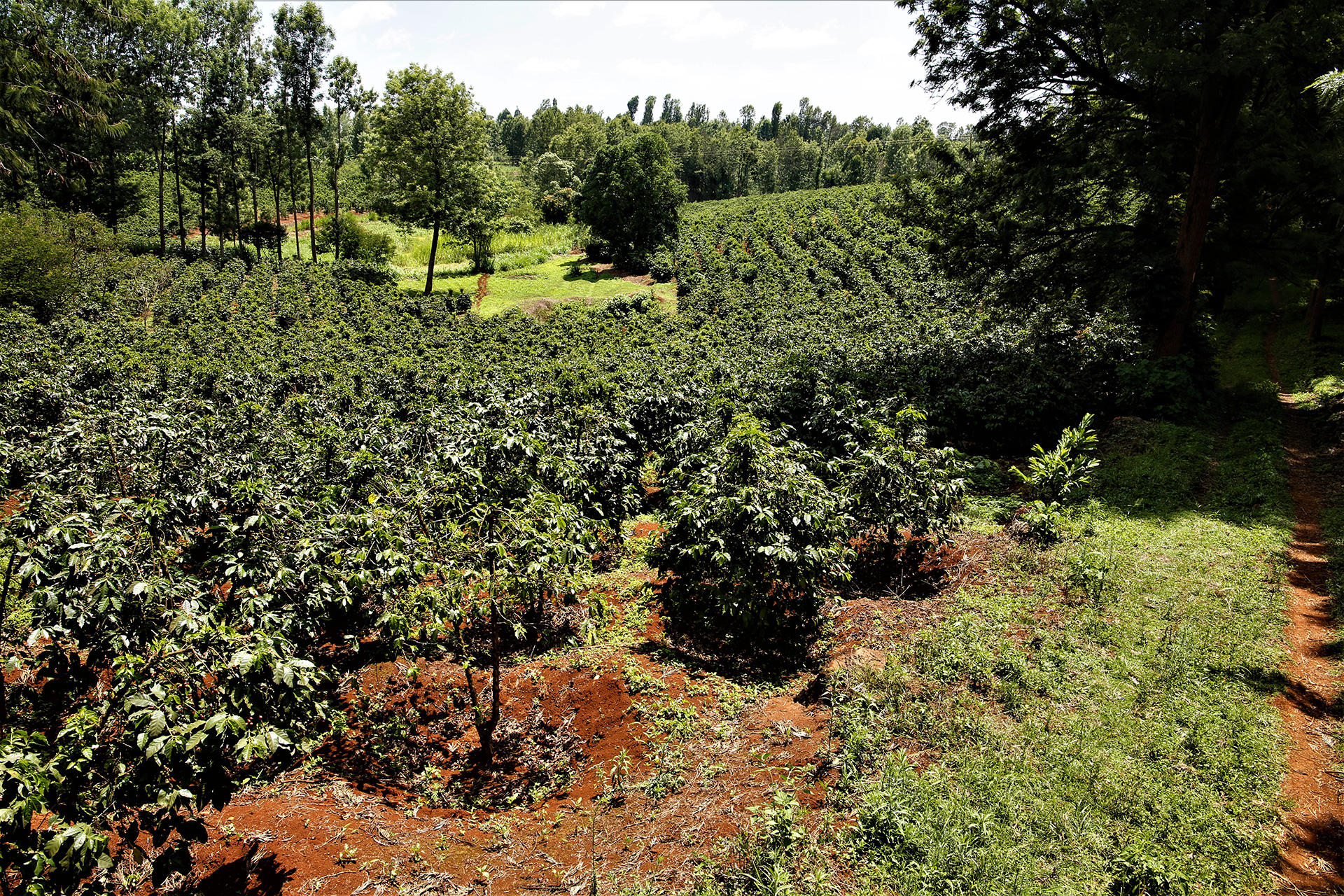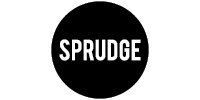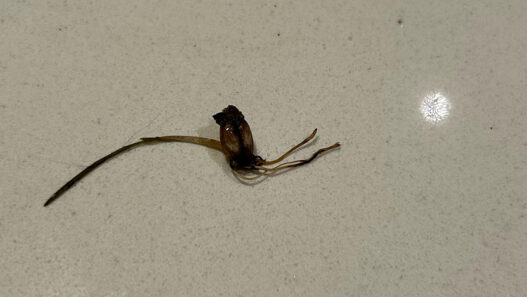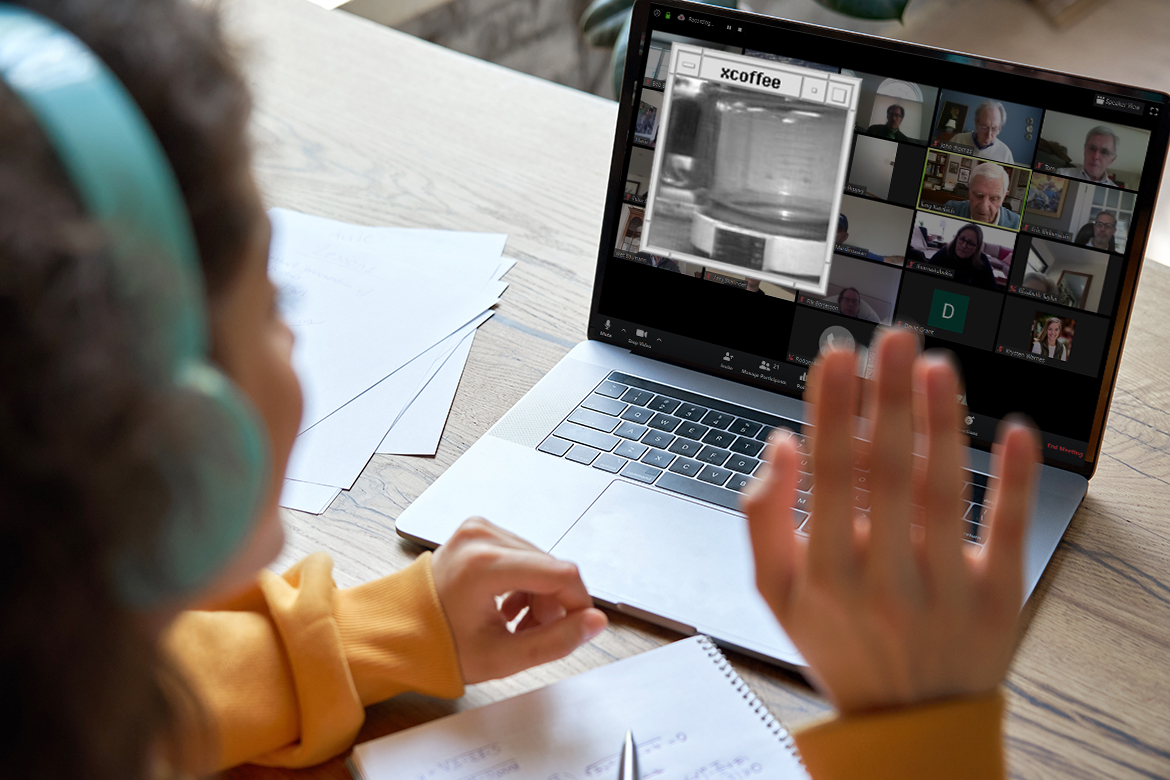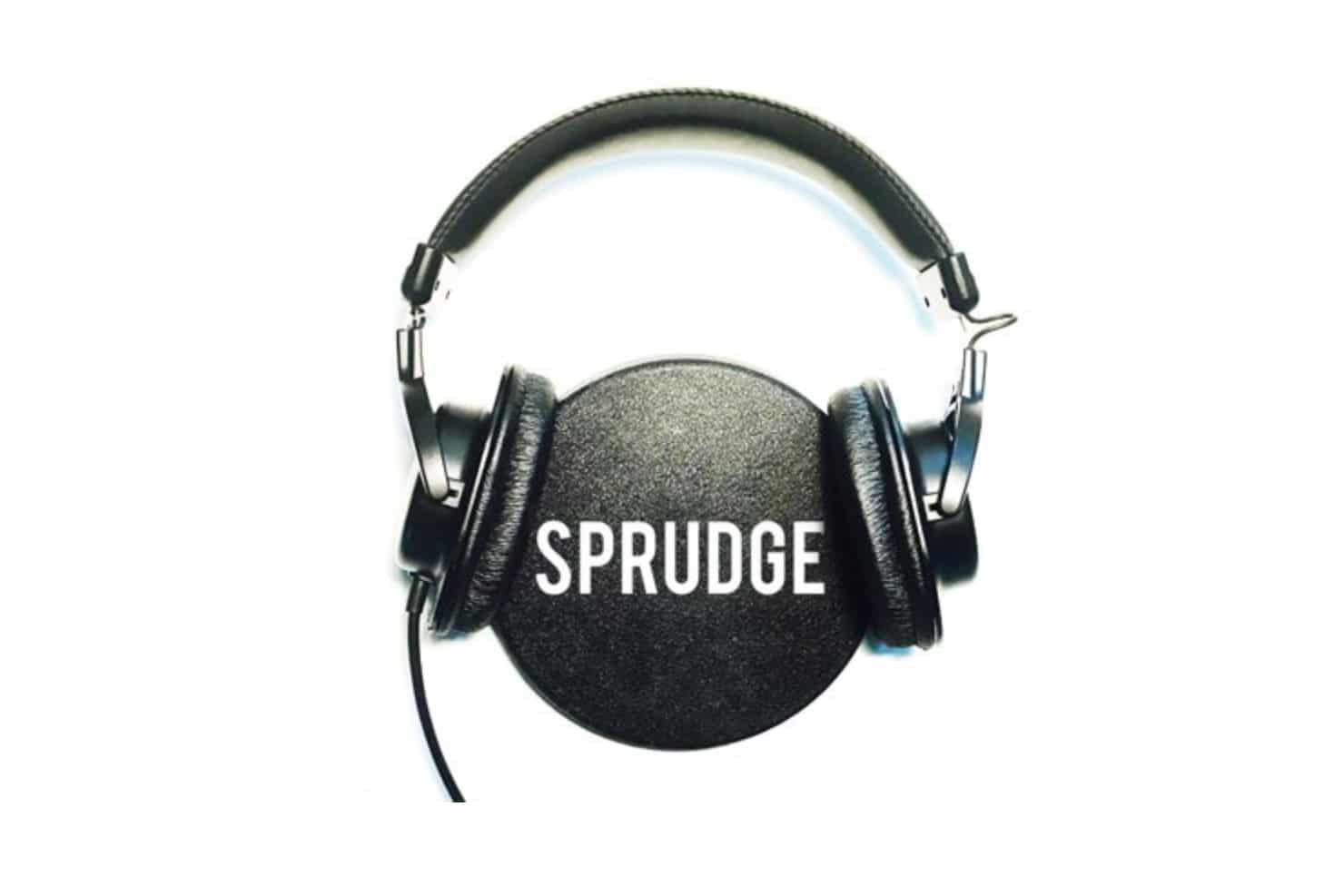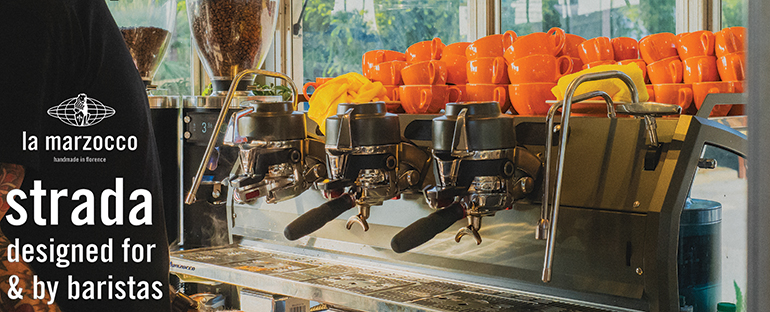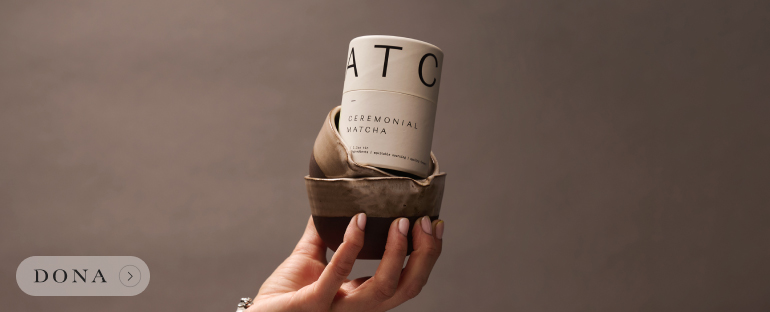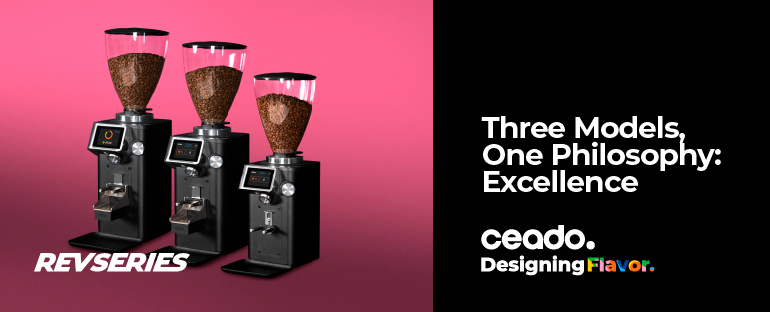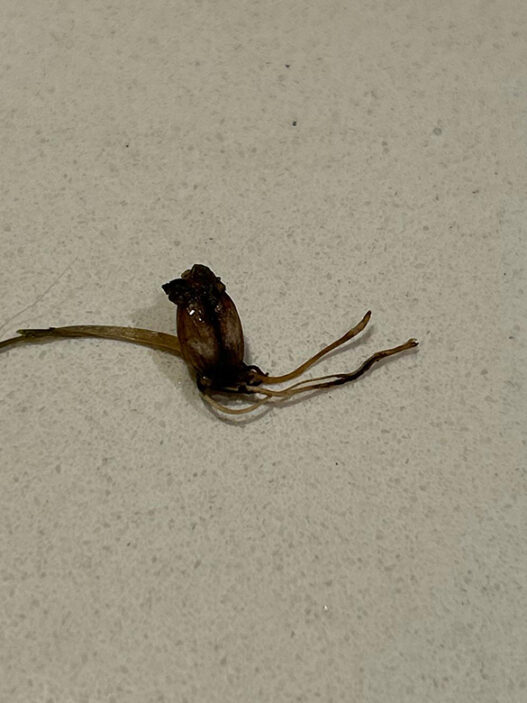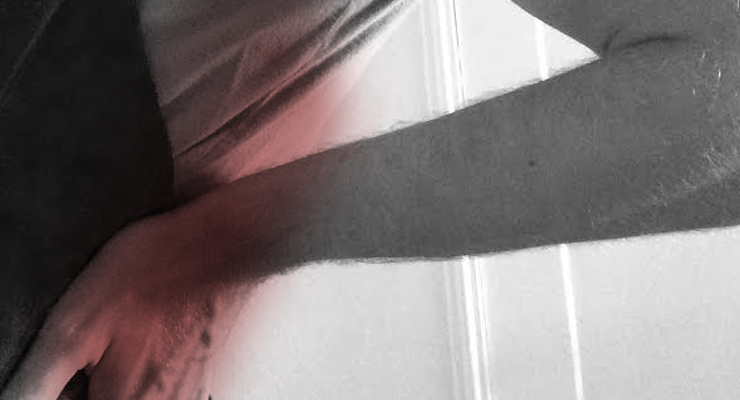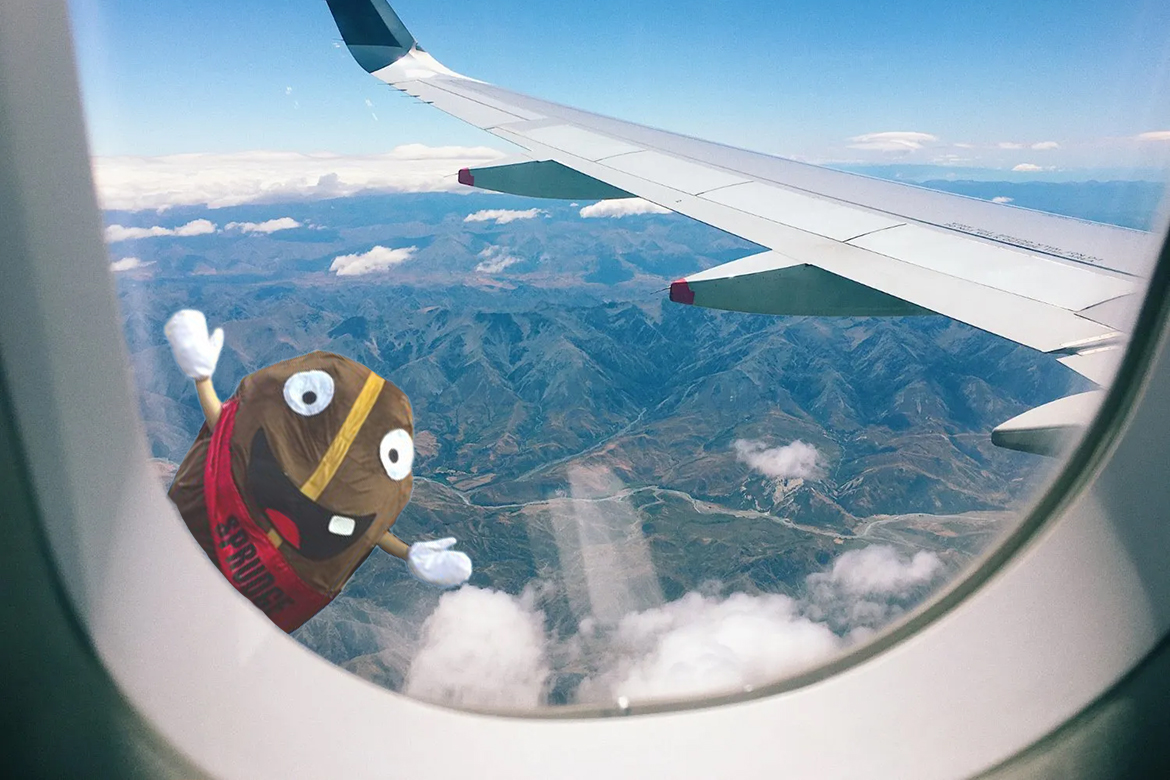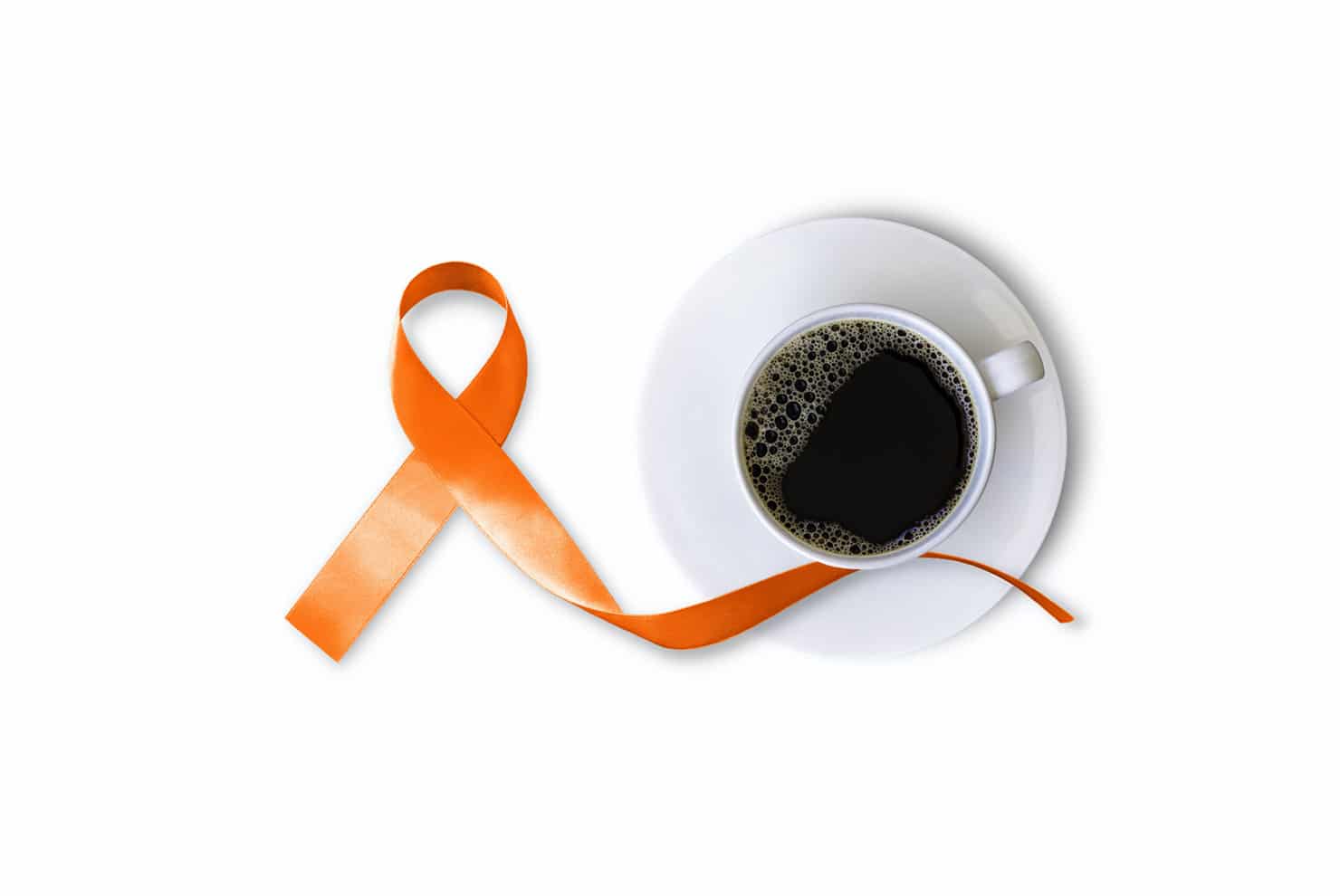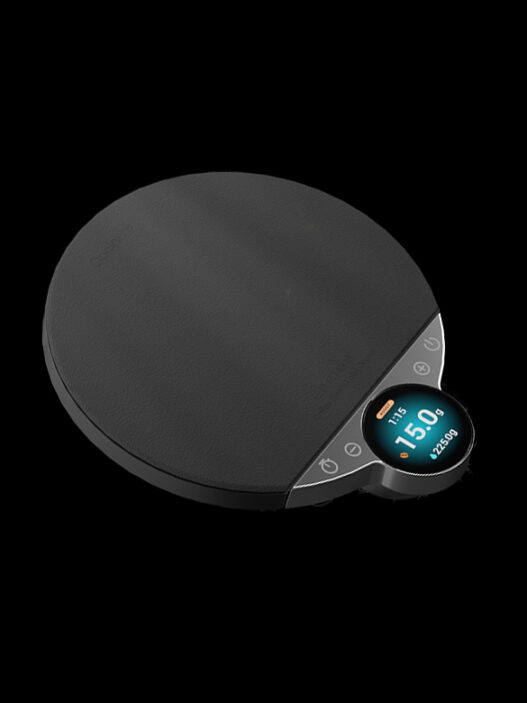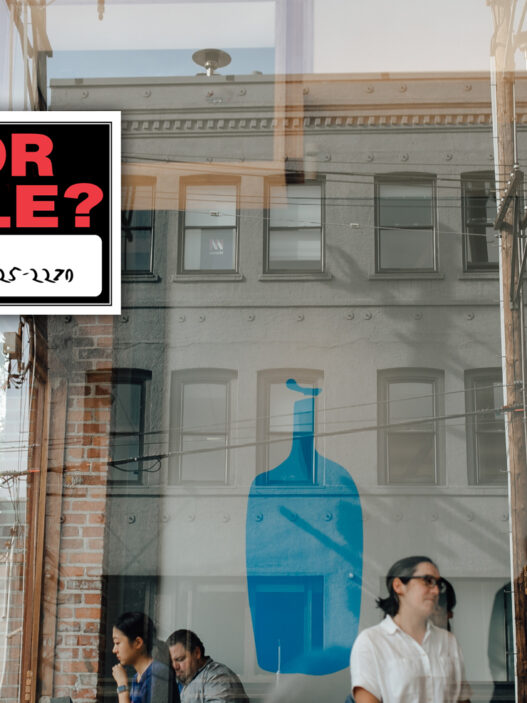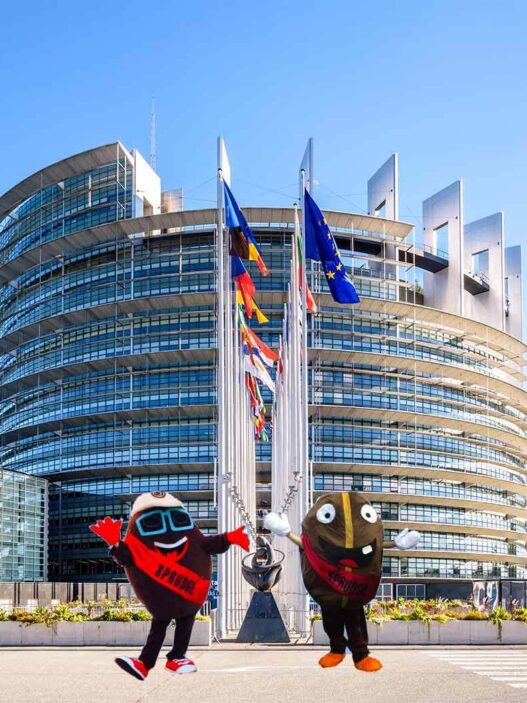Coffee is often the fuel for invention, kickstarting the brain and pushing creativity past the breaking point into full blown innovation. But sometimes, coffee can be the impetus for invention. And so it was with the webcam, whose world-changing existence may never have come to fruition had its inventor not wanted hot, fresh coffee.
Yes, the “webcam”—for many there is perhaps no tool more necessary for day-to-day pandemic life. Nearly all face-to-face business meetings are now done via webcam thanks to services like Zoom, Teams, and Skype. Happy hours, get-togethers with friends, independent commercial endeavors, heck, even coffee conferences have all moved to the digital space thanks to this technology. Market experts expect the webcam industry to grow to over $7 billion in 2021 alone.
But 30 years ago, the webcam was a tool of necessity but on a much smaller scale. In a wonderful new article, PCMag talks with the inventor of the webcam Dr. Quentin Stafford-Fraser. It turns out the good Doctor created this revolutionary device to keep an eye on his coffee pot and see when it was done brewing.
As the story goes, back in 1991 Dr. Stafford-Fraser was a part-time research assistant at Cambridge’s Computer Science lab, where caffeine was a “requirement for good computer science, ever since the days when you had to book time on a mainframe and slots were often only available late at night,” he tells PCMag. The coffee being brewed at the time was pretty bad, if only slightly more palatable when it was fresh. But working in a different room from where the coffee pot was kept, it was often difficult for Dr. Stafford-Fraser to get his caffeine fix at its most optimum.
At the time, Dr. Stafford-Fraser’s research group was “exploring ways of handling multimedia on computer networks” and got the idea to use this cutting-edge research to feed their coffee needs. Using some leftover equipment, they set up a CCD video camera to periodically capture images of the coffee pot that would then be sent to a custom made X-Windows app to display gray-scale photos of the coffee’s status.
At the time, the coffee cam was operating on a closed network, so access to it was limited to just those inside the network. But in 1993, when the internet was still very new, HTML added IMG tags and folks could start adding static (unchanging) images to their websites. This gave Dr. Stafford-Fraser an idea:
We were wondering what would happen if, when a browser asked for an image, it didn’t get back the same one every time. We didn’t know what would happen, because the standards for lots of things we take for granted now, like control over browser caches, hadn’t yet been thrashed out. But we did have a source of constantly changing images—the coffee pot camera—so we could try it out. My colleagues Dan and Martyn modified the server so it could also respond to HTTP requests, and in November 1993 it went live, and the first webcam was born.
Now folks from all over the world could check on the status of the little ole coffee pot in the Cambridge Computer Science lab. The coffee pot gained a bit of early-internet fame, becoming a proto-meme of sorts, even making “front-page news on both the London Times newspaper and the Washington Post.” The Coffee Pot Cam ran for a full 10 years until August 2001, when the lab was moving facilities and the webcam was shut off for good.
The coffee pot lives on though, in the offices of Der Spiegel magazine in Germany, the sale of which brought Dr. Stafford-Fraser and his colleagues “a good machine and enough coffee to last us for ages.”
I have to say, the invention of the webcam ranks up there with that of the French press as one of my favorite and most charming origin stories in the coffee world. And we are lucky enough to hear it directly from the inventor himself. To get the full account from Dr. Quentin Stafford-Fraser himself, check out his interview with PCMag.
Zac Cadwalader is the managing editor at Sprudge Media Network and a staff writer based in Dallas. Read more Zac Cadwalader on Sprudge.

